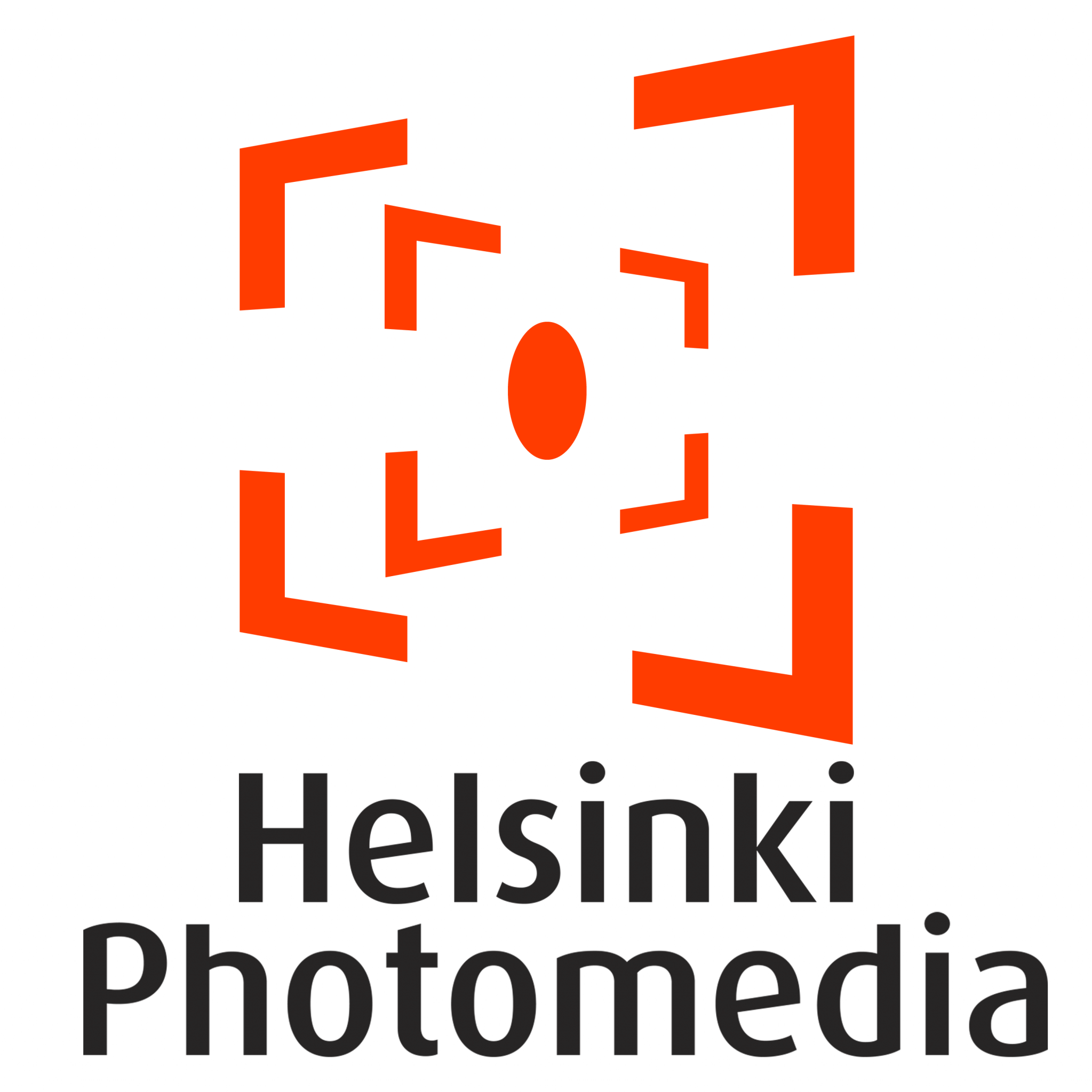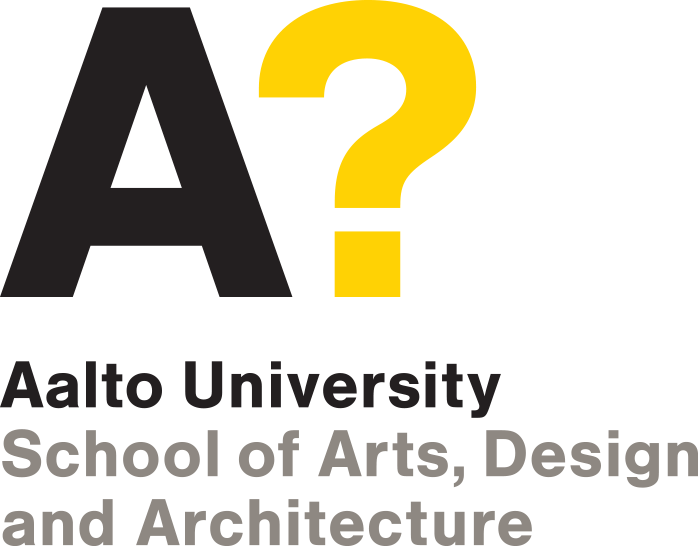THEME

Image: Juan Garcia Couder
Contact of Models
Photography implies a contact with a specific perceiving body. It requires matching different models and sometimes conflicting registers of evidence. It suggests a series of encounters, negotiations and agreements between photographers and their subjects, the viewers, and the images themselves. Despite the emerging new technologies and rapid ways of dissemination, images are still encountered at various stages of their existence one-to-one, in the interaction between a viewer and a medium.
Images are formed in such encounters, which may take manifold forms. At these points of contact photographic actions, gestures and symptoms partake in the malleable modelling of the world. Photography has the ability to re-present – and simultaneously – to actively and imaginatively engage and promote new ways of seeing and showing as well as deceiving and occluding.
From this perspective, photographs have, embedded within, an ability to look at the past and the future. In them, time itself confronts us. As photographs also extend beyond the bounds of visibility, we can follow their traces, vestiges, try to read their signs and decipher their meanings. Or we can choose to explore their illegible parts and behaviours, the reserves and residues of force that elude straightforward attempts at sensemaking.
Images impact us, and in them models both get visual form, but also at times collide. They are sites for moments of mutual understanding or instances of incongruence and discord. They are fleeting, or pensive, and at times can affect far-reaching decisions. They are spontaneous or archival. Their scale is human, or they have a sensor’s ‘gaze’. They guide our critical responsibilities and escort us to powers of imagination and fiction. They conjure visual disturbances and anachronistic temporalities.
How are the practices and models that orient our use and analysis of images relevant and for whom? What does it entail to see images as mimetic depictions or as products and prototypes? How do the models evolve or become obsolete, what do they exclude, what ideas of time and stratification do they carry? When do images question the kinds of models they rely on?
Subthemes
- Technological mediations
- Artistic research practices
- Images and representations






